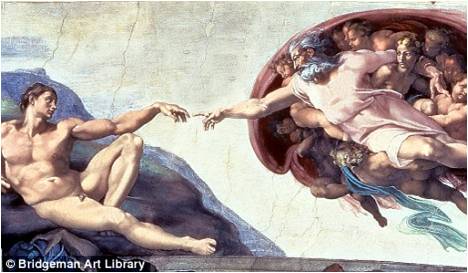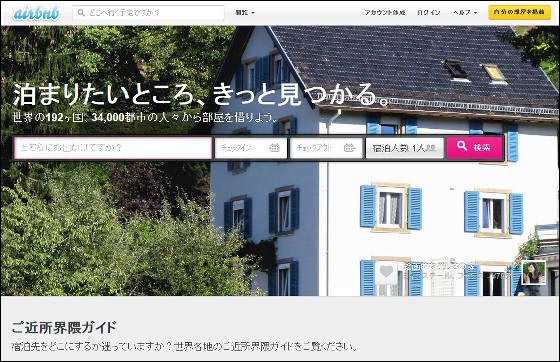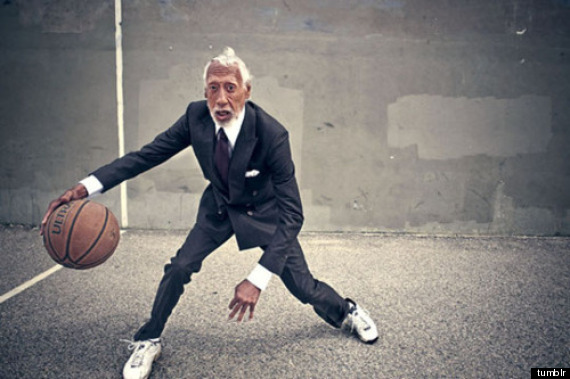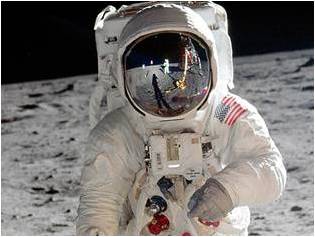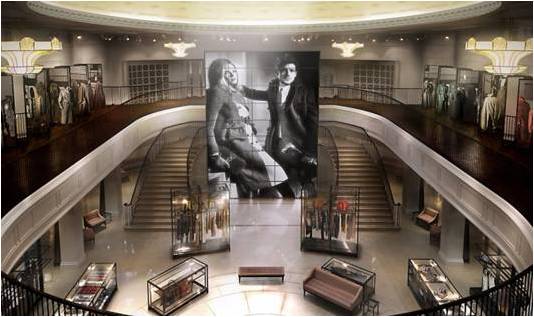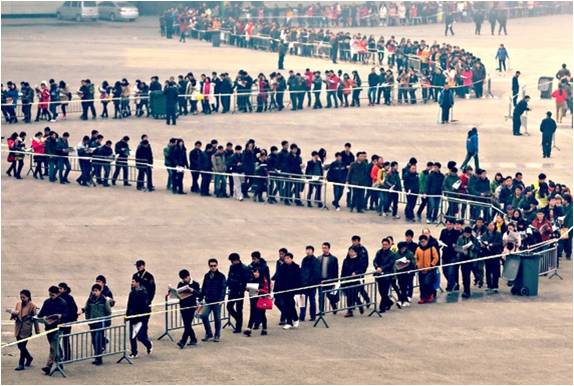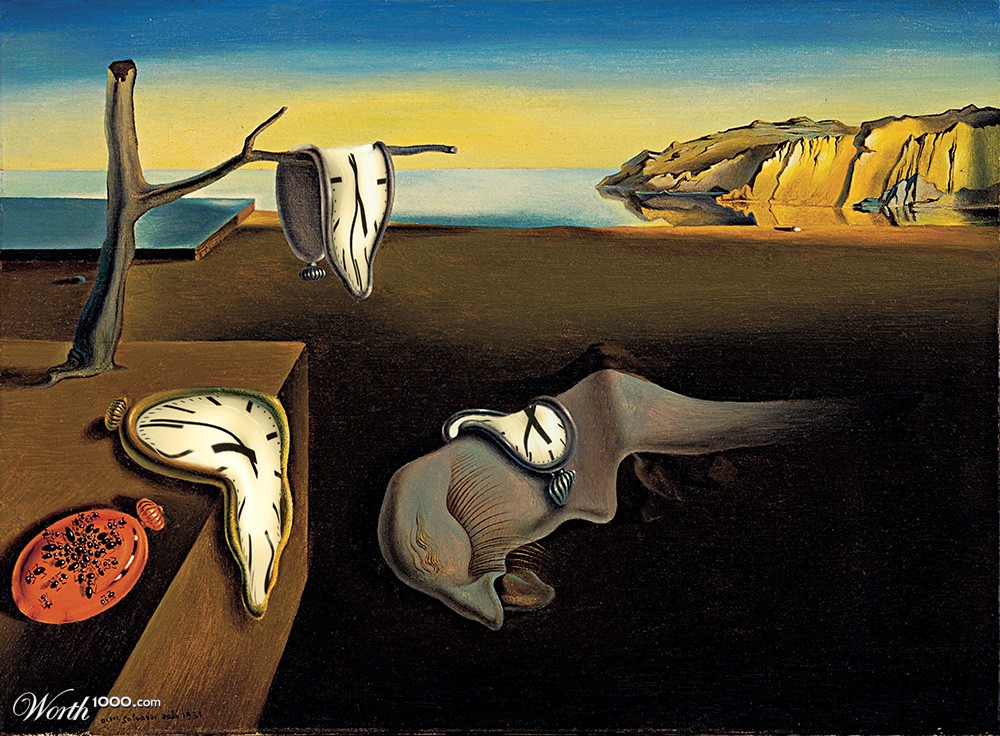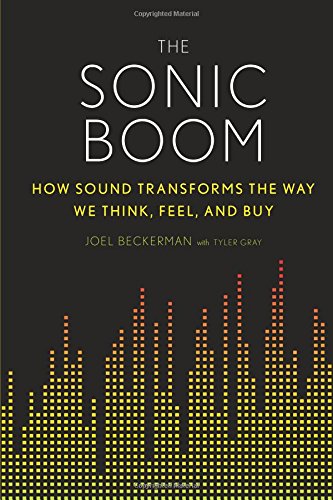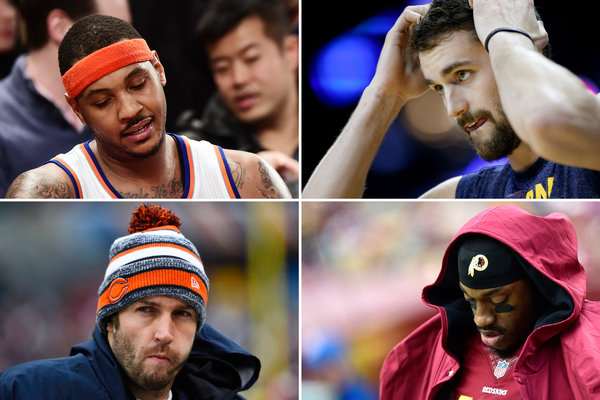 While on break, I came across this article from the New York Times, about how the Milwaukee Bucks of the National Basketball Association have hired a facial coding expert to assess potential draft picks.
While on break, I came across this article from the New York Times, about how the Milwaukee Bucks of the National Basketball Association have hired a facial coding expert to assess potential draft picks.
By watching players – apparently while on the court in games – this expert claims to be able to understand the character of each player and whether they have the resiliency and leadership ability necessary to excel.
While I think facial coding probably has valuable applications in certain contexts, this one seems like a huge stretch.
1) It is one thing to read someone’s micro-expressions when they are sitting in a chair in a controlled environment and engaging with a single stimulus (like an ad). But how do you read the expressions of a basketball player who is running all over the court and engaged in intense physical exertion?
2) And what are you measuring? A player is interacting with coaches, officials, opponents, teammates, and perhaps even fans. How do you know what the player is reacting to?
3) A National Football League executive is quoted as saying, “I believe his insights could be valuable in helping teams understand an athlete’s emotional makeup and provide implications for how he may perform, both on and off the field.” Is there any evidence that someone’s facial expressions while engaged in a sport (or even while engaged in an interview) are an indicator of their future off the field behavior? As I recall, OJ Simpson was known for his winning smile back in the day.
4) The examples in the article are highly questionable. The expert says Russell Westbrook of the Oklahoma City Thunder has a face that radiates joy because he has natural smiles. Westbrook also is a great player on a consistently excellent team. Is he great because he smiles a lot or vice-versa? Would he look as happy if his team was in last place?
5) What evidence is there that great athletes have a common personality type? The article talks a bit about tennis. Roger Federer and John McEnroe were both great tennis players, but they couldn’t have been more dissimilar in their on-court demeanor.
What do you think?




